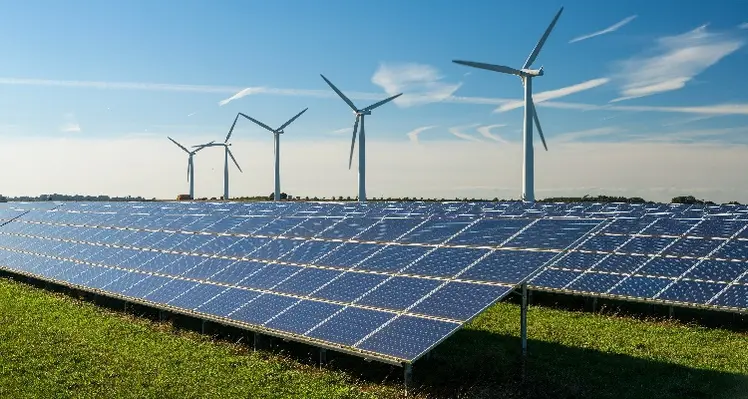2024 will be another rollercoaster year for the energy industry, raising important questions about whether the Paris Agreement net-zero targets can be achieved, says Rystad Energy
Rystad notes that 70 countries are due to hold elections this year, the outcome of which will have a significant impact on national politics, geopolitical developments as well as on the oil markets. The future of the US’ support for Ukraine, the EU’s climate policy ambitions, tensions in the South China Sea, trade frictions between China and the West, and the ongoing conflicts in the Middle East all threaten to upset the market drastically.
Oil prices are expected to stay elevated in the near term, but US shale production is expected to be relatively flat, enabling OPEC to effectively regulate the market. As a result, extended periods of high oil prices could be in store.
Global gas production is expected to grow by 3% or 130 Bcm in 2024. Investments in greenfield LNG projects are set to slow down this year compared to 2023 but remain at a robust level to support global LNG demand, reaching 500 million tonnes by 2027. Gas will play an enabling role in the energy transition, especially in the power sector, and will continue to play an important role globally for the foreseeable future.
Record year for renewables
This year is expected to be another record breaker for solar and wind, adding more than 510 GW of solar PV and wind capacity globally, helping limit the demand for fossil-fuelled power generation. Although capacity will continue to grow, governments need to put in place the right incentives for renewable energy projects to ensure the momentum continues.
Activity in the clean hydrogen sector is also surging globally, boosted by maturing policies in Europe and the US, in addition to early commercial-scale projects in the Middle East, Australia and Africa. Several key feasibility studies will be completed, revealing promising new use cases for hydrogen consumption. In the US, a surge in clean hydrogen project approvals and potential cancellations is likely, thanks to tax credit regulations. In 2024, a series of global auctions and grants will take place, shedding light on pricing dynamics, technological advancements and the leading players.
“Last year was a pivotal one for the energy world," said Rystad Energy CEO Jarand Rystad. "Renewable energy capacity expanded rapidly, global coal demand most likely peaked in 2023, and clean energy technologies are now more affordable than fossil fuel alternatives in most parts of the world. Fossil fuels will, however, remain an important component of the energy mix for the next decades. Countries like Denmark, Finland and Portugal are close to achieving zero carbon power sectors, successfully dealing with the intermittency challenge of renewables. Still, there are also setbacks in renewable deployment, like the cost inflation seen in offshore wind, and governments will need to step up stimulation to get these sectors back on track.
“This year could see more inflection points in the energy transition, with impacts felt well into the latter half of the decade.”
See also What's in store for the oil market in 2024, Five things to watch out for in MENA upstream





